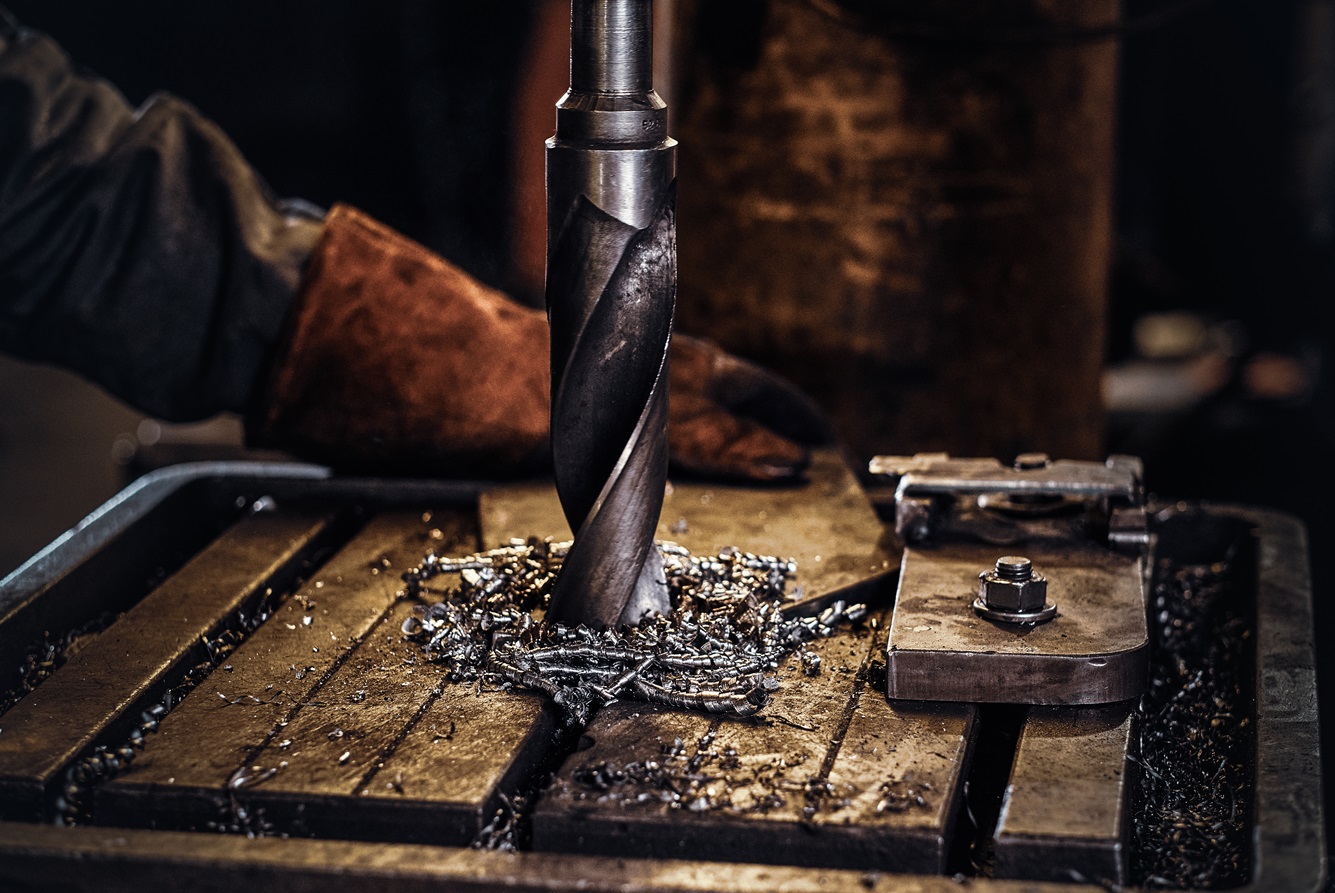

When you look at holes in a sheet, they look easy enough to create, right? However, when you engage in metal punching yourself, you realize that the simplest task is daunting and requires precision, skills, and the right tools to create the accurate holes and punches that aid in your project.
For every DIY enthusiast, metal punching is another skill to add to their long list of mastered art. In this blog, we will dive into the art of metal punching, the various methods used to carve the perfect holes and designs in metals, how hydraulics is changing the metal punching scenario, and the best practices for carving metal holes. So, read to the end.
Metal hole punching refers to carving identical holes, designs, shapes, and intricate patterns in sheet metal. The punched holes can serve various purposes, including facilitating assembly, ventilation, drainage, or decorative design elements. The process is pretty simple, requiring punch, die, and workpiece. But it’s not the machine that makes the cuts, but the human touch that ensures that the metal sheets are pierced correctly.
Hand-held metal punch tools are operated manually and are great for small tasks that require minimal effort. The different hand-held punches can be used on metal sheets, fabric, leather, and other items.
When working on a huge project or requiring mass-hole punching, it is impossible to rely on hand-held punches. The times have changed, and rapid industrialization has made it possible to utilize industrial sheet metal punch to increase efficiency and save time and labor costs, which used to be the greatest expense constituting the cost of production in the past.
These machines are available in various configurations, including bench-mounted or floor-standing models, and may utilize different mechanisms such as mechanical, hydraulic, or pneumatic power. With the aid of CNC software, the machines are able to carve distinct patterns, designs, and holes quickly and repeatedly without any error, making them a perfect choice for mass production.
Hydraulic metal punching machines use liquid pressure. These machines usually have a cylinder with a piston in it, which is attached to a ram at one end. So, when the pressure increases, the ram is slammed on the workpiece, creating a cleanly cut hole. Hydraulic machines are capable of tremendous force, making them an ideal choice for metal punching operations. These punching machines offer several advantages over mechanical or pneumatic alternatives, including increased punching force, greater versatility in handling different metal thicknesses and materials, and smoother operation with reduced noise and vibration.
Removing a specific part of sheet metal from within the boundaries is called metal hole punching. Removing metal parts from the edges is called notching. A steel notcher is used to carve exceptional notches from sheet metals. The machines are used to create grooves or edges to interlock components.
The operation is the same as a guillotine, wherein the sheet metal is locked between two shear blades and the excess part is removed. Metal notching is a crucial metal fabrication process that is useful in creating many components.
When attempting metal punching by yourself, there are tips and tricks that you must know to ensure safe and effective operation. The tips and tricks are as follows:
So, this is it- many important aspects of metal punching have been covered here. The idea is to create accurate and precise holes in metal sheets that serve multiple purposes. If it is a DIY project that has brought you here, you must have gathered immense knowledge of metal punching.
However, if you are looking for an industrial need, then visit us at New Mexico Metals LLC for the best metal punching services in Albuquerque. We offer automated metal punching with state-of-the-art machines, and our professional and trained staff ensures that you get exactly what you need.
Visit us now or give us a call for inquiry!